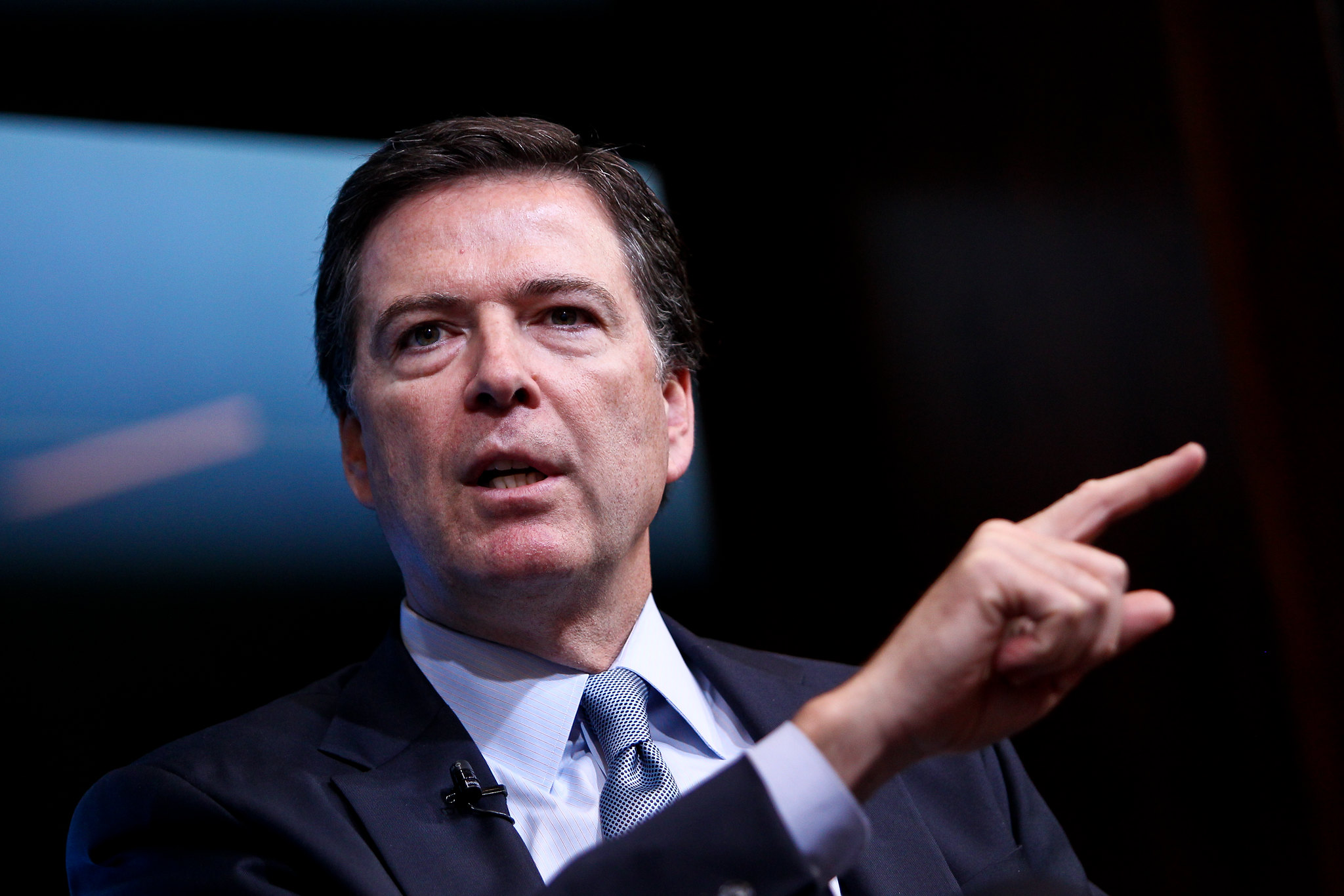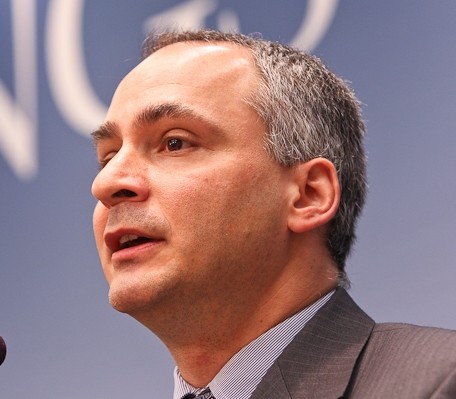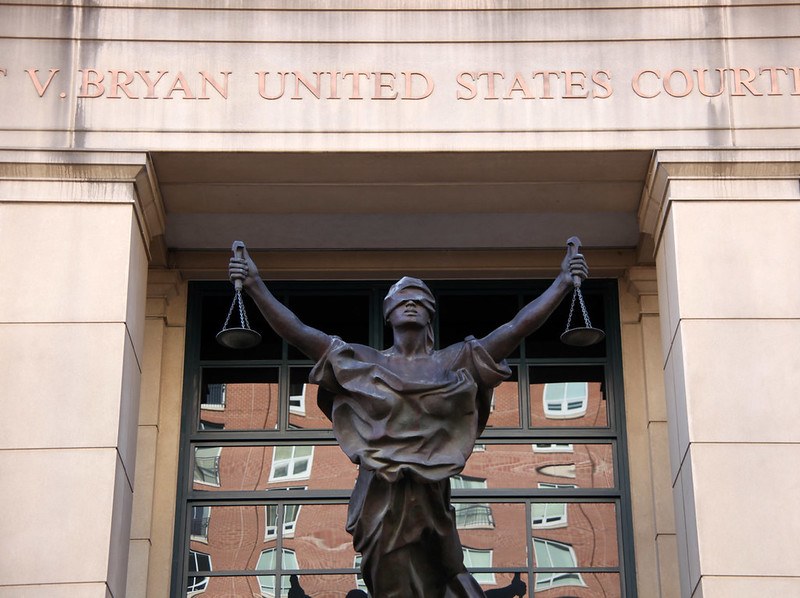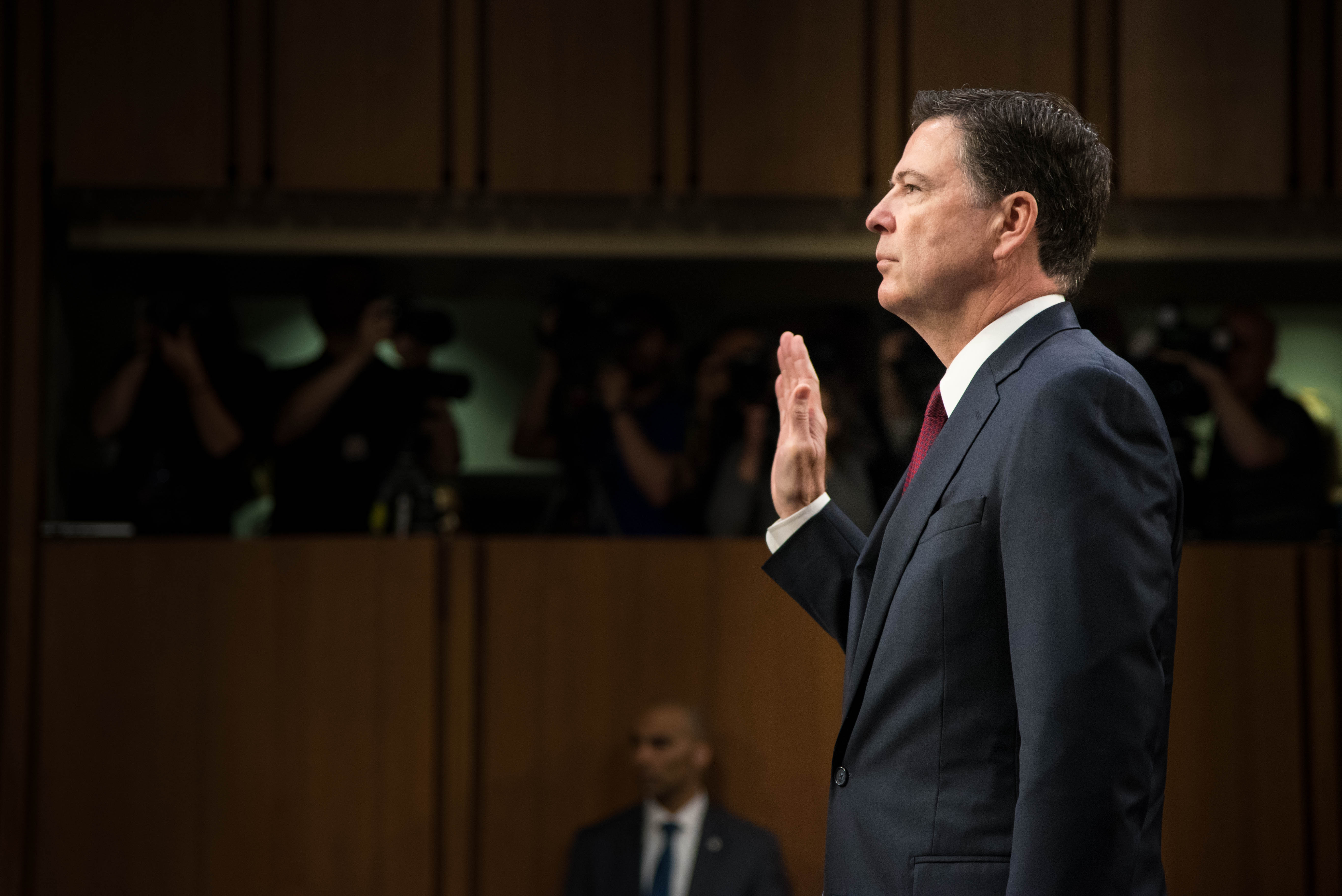The Situation: The Inanities Continue in the Comey Case

Published by The Lawfare Institute
in Cooperation With

The Situation on Tuesday contemplated the malevolence and incompetence of interim U.S. Attorney Lindsey Halligan.
It apparently did not contemplate it enough.
In the less-than-72 hours since that meditation appeared, a veritable blizzard of new material on this particular subject has fallen on the courthouse in Alexandria in connection with the prosecution of former FBI Director James Comey.
Consider only the following partial accounting:
- Halligan and her prosecutors conceded in open court that, as the judge put it, “the second indictment, the operative indictment in this case that Mr. Comey faces, is a document that was never shown to the entire grand jury or presented in the grand jury room.” Assistant United States Deer in the Headlights Tyler Lemons told the judge: “Standing here in front of you, Your Honor, yes, that is my understanding. Now, I don't—I was not there, but that is my understanding, yes, Your Honor.” Halligan did not object to this concession.
- The same day, in a written submission to the court, the government characterized the sequence of events again in a fashion that confirmed that the second indictment had never been specifically seen or approved by the full grand jury: “On September 25, 2025, the U.S. Attorney presented a proposed three-count indictment to the grand jury. The foreperson of the grand jury ‘reported that 12 or more grand jurors did not concur in finding an indictment’ as to proposed ‘Count 1 only.’ . . . Consequently, the foreperson signed an indictment that contained only the two counts for which the grand jury had determined that probable cause existed to indict. The two charges contained in that indictment are identical to the second and third charges that were included in the proposed indictment that was provided to the grand jury. Only the numbering of the counts (i.e., proposed Count Two became Count One, and proposed Count Three became Count Two) and the paragraphs differ.”
- The following day, Halligan and Lemons filed a document entitled “Government’s Notice Correcting the Record.” It cites transcripts long available both to the parties and to the court and contends based on them that, “The official transcript of the September 25, 2025, proceedings before Magistrate Judge Vaala conclusively . . . establishes that the grand jury voted on—and true-billed—the two-count indictment.” It argues that “any assertion that the grand jury ‘never voted on the two-count indictment’ is contradicted by the official transcript.” It does not say whether the “record” it is correcting is the government’s own concessions from the previous day or some other party’s factual claims.
- The government also filed its objections to Magistrate Judge William Fitzpatrick’s order that it disclose grand jury materials to the defense. This document argues—and I am not making this up—that it’s no problem warranting disclosure of grand jury material to the defense if the government presented unlawfully obtained evidence to the grand jury, that it’s similarly no problem if the government presented attorney-client privilege protected material to the grand jury, and that Halligan didn’t, in fact, make legally erroneous statements to the grand jury that questioned Comey’s right to remain silent at trial or suggested that that the grand jury could indict based on material it assumed the government had but didn’t present: “there was no misstatement of law, no misleading of the grand jury, and no impropriety whatsoever.” (Redactions in both the government’s brief and the magistrate judge’s order make this latter statement impossible to assess at this stage.)
- The following remarkable paragraph appeared in a brief for the defense on Nov. 20: “Based on the government’s discovery to date, there appears to be numerous pieces of highly exculpatory evidence that—given its tendency to undermine the existence of probable cause—Ms. Halligan likely did not present to the grand jury, and without which the grand jury would have been left with a deeply misleading picture of the case. This exculpatory evidence includes, for instance, [Daniel] Richman’s multiple statements in government interviews denying that Mr. Comey ever authorized him to serve as an anonymous source about the Clinton investigation while employed with the FBI; Mr. Richman’s FBI Special Government Employee (SGE) paperwork indicating that he, in fact, was technically no longer an SGE as of June 30, 2016 (prior to the publication of any of the articles the government has relied on); and, as detailed at length below, the government’s lack of any evidence that Mr. Comey received a document he claimed he did not recall—a statement the government now alleges was ‘false and misleading.’” The reference to Richman’s employment status is an apparent incorporation of reporting by my colleague Anna Bower from two weeks back, in which she shows pretty conclusively that Richman was not “at the FBI” at the time of any of the events relevant to this prosecution.
(Disclosure: Both James Comey and Daniel Richman are personal friends who have written for Lawfare at various times. Further disclosure: my name has so far appeared in four briefs or exhibits in the case, as Comey and Richman discuss my work in some of their contemporaneous correspondence from the time.)
I could go on, but you get the idea.
It is actually hard to keep up with the pace of developments. Multiple times a day, documents land on this docket that contain new inanities, new abominations in the sight of the law, new factual revelations, new reasons to wonder not whether this case will collapse but only how. At the hearing the other day, Judge Michael Nachmanoff seemed to be struggling with exactly this question, asking an attorney for Comey—in effect—which motion he wants the judge to dismiss the case based on. Here’s the exchange:
THE COURT: All right. Thank you. But before you sit down, let me just ask you, do you think that the other pending motions, including the issue of literal truth and ambiguity and the other matters that are yet to be litigated, are so wrapped up in vindictive prosecution that the Court should deal with them all at one time, or do you think that the Court can and should deal with vindictive prosecution separately?
MR. [MICHAEL] DREEBEN: I think vindictive prosecution, like our motion based on the appointment of the U.S. attorney, are threshold matters that the Court should resolve as a threshold. Mr. Comey would like to see both of those motions resolved because they both go to the very heart of whether a prosecution in this case is permissible, one by virtue of a challenge to the official who brought it, the other by virtue of whether it complies with the Constitution to bring a prosecution at all. Our other motions are very important, and we have a series of them that challenge other aspects of the prosecution. As I'm sure the Court is well aware, there are issues relating to the conduct of the prosecutor in the grand jury. But this one and the appointments issue stand at the threshold. They're the gateway to all further motions, and those should be resolved at the outset of the case, in our view.
After the concession mentioned above that the grand jury had never seen the indictment, Dreeben later added:
[I]t appears that counsel is acknowledging that the operative indictment in this case was never shown to the grand jury and that there is no indictment that Mr. Comey is facing that was returned before the elapse of the statute of limitations. And to the extent that Your Honor so concludes, that's an additional basis, threshold basis, for dismissing this case and for concluding that no indictment was returned before the statute of limitations expired, and that would be tantamount to a complete bar of further prosecution in this case.
Let me translate this exchange, for those who don’t speak the somewhat rarified language of federal court oral arguments, into the vernacular:
THE COURT: Holy shit, dude! You’ve got like ten motions to dismiss that seem like winners, plus a bunch of other stuff. What order do you want me to handle these in?
DREEBEN: I feel you, my man. Do the vindictive prosecution motion and the fact that Halligan isn’t lawfully appointed first. And maybe throw in that the illegally appointed U.S. attorney didn’t even bother to present the indictment to the grand jury? The other stuff is dope too but it’s a little less foundational.
Here’s what absolutely never happens on this docket: Never does a document land that might plausibly suggest to a reasonable person that, well, Comey lied to Congress or obstructed a congressional investigation.
Never.
And yet, The Situation continues tomorrow.


-(2)-(2).jpg?sfvrsn=69965fad_5)


